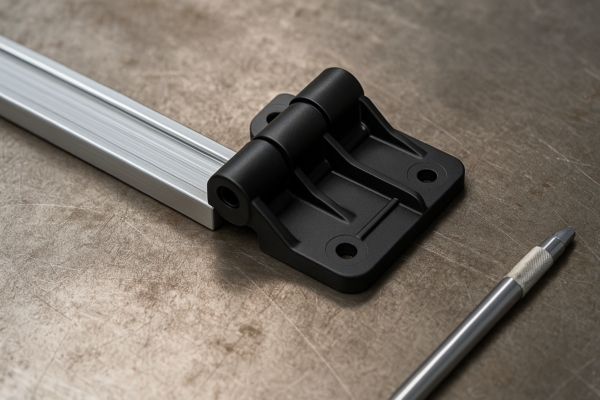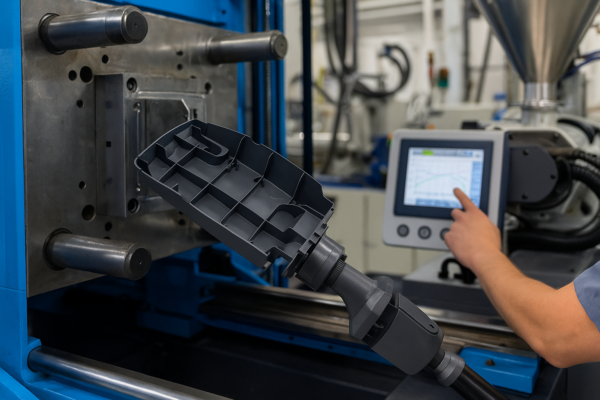Can you forge raw iron?

Forging raw iron is a centuries-old technique that has been used to craft everything from tools and weapons to decorative art. But the process of working with raw iron is far from simple. Understanding how to properly forge and smelt raw iron is essential for creating durable, high-quality metal products.
Snippet paragraph: Forging raw iron involves smelting, heating, and hammering the metal into shape. Learn how this age-old technique works.
Whether you’re a blacksmith or simply curious about metalworking, this guide will walk you through the process of smelting and forging iron.
How do you smelt raw iron?
Smelting is the first crucial step in transforming raw iron ore into usable metal. This process involves heating iron ore to separate the iron from impurities.
Snippet paragraph: Smelting raw iron requires high heat to separate impurities from the metal. Learn the steps involved in this process.
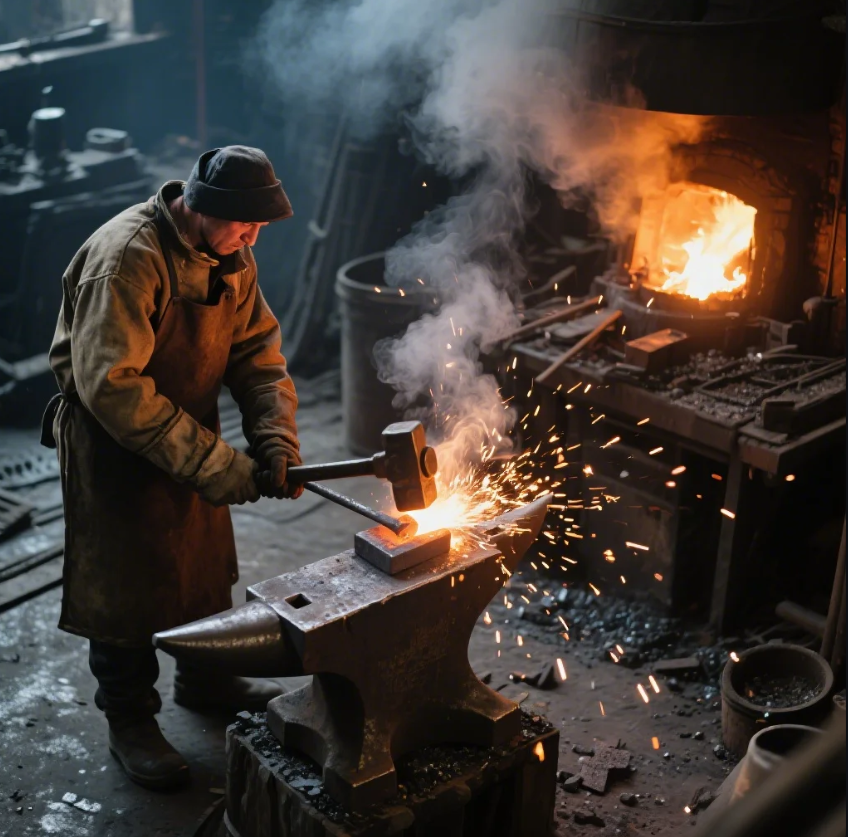
The Smelting Process:
- Preparing the Furnace: To smelt raw iron, a furnace (often a blast furnace) is heated to temperatures of around 1,200 to 1,500°C. The furnace needs to be well-ventilated to provide sufficient oxygen for the process.
- Adding Iron Ore and Fuel: Iron ore, often in the form of hematite or magnetite, is added to the furnace along with a fuel source like charcoal or coke.
- Reduction Reaction: In the furnace, carbon from the fuel reacts with the oxygen in the iron ore, causing the iron to separate from the ore and form a molten liquid.
- Tapping the Molten Iron: The molten iron is then tapped from the furnace and can be poured into molds or further processed for forging.
Smelting Iron Benefits:
- Purity: The process helps eliminate unwanted impurities like sulfur and phosphorus, improving the quality of the iron.
- Versatility: Smelting produces pig iron, which can be further refined or forged into a variety of tools or products.
How do you forge iron?
Forging iron is the process of shaping it through the application of heat and force. It allows for the creation of items like knives, axes, and decorative elements.
Snippet paragraph: Forging iron involves heating it to a malleable temperature and shaping it with force. Learn how to work with iron through forging.
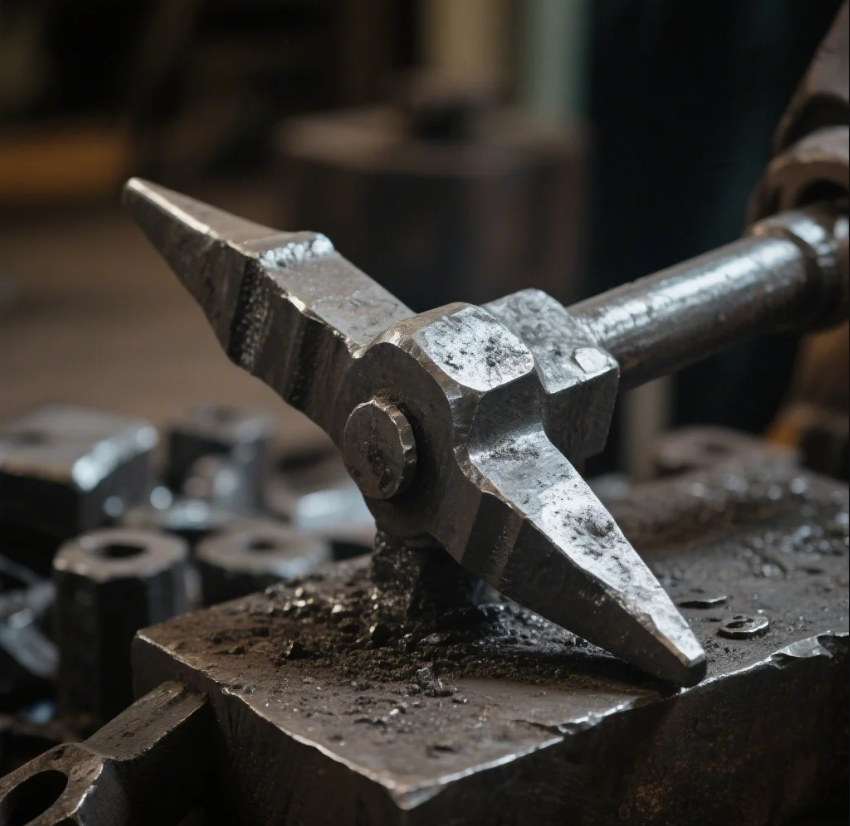
Steps in Forging Iron:
- Heating the Iron: To forge iron, the metal must be heated to a temperature where it becomes malleable, typically between 800 and 1,200°C.
- Hammering and Shaping: Once the iron reaches the right temperature, it is removed from the forge and hammered into the desired shape. This can be done with a hammer and anvil or using modern mechanical presses.
- Cooling: After shaping, the iron is slowly cooled to harden it. Quenching in water or oil may also be used to harden the metal quickly, depending on the desired outcome.
- Finishing Touches: After the iron has cooled, further finishing techniques such as grinding, polishing, or additional heat treatment may be applied to improve the final product.
Benefits of Forging:
- Stronger Material: Forged iron is generally stronger than cast iron due to the alignment of the metal’s grains.
- Customizability: Forging allows for the creation of intricate designs, from practical tools to artistic pieces.
Is iron good for forging?
Iron is one of the most commonly used metals for forging, and it has excellent properties that make it ideal for many applications.
Snippet paragraph: Iron is an excellent metal for forging due to its strength, malleability, and versatility.
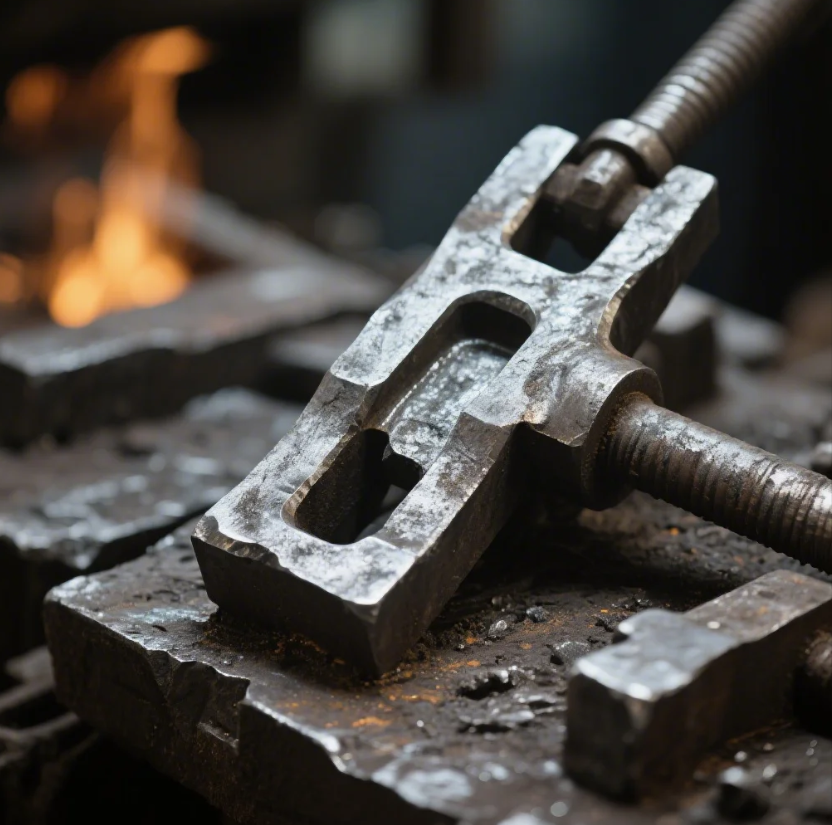
Why Iron is Great for Forging:
- Malleability: Iron can be heated to a point where it becomes soft and malleable, making it easy to shape.
- Strength: Once forged, iron becomes strong and durable, perfect for creating tools and equipment that must withstand heavy use.
- Cost-Effective: Compared to other metals, iron is relatively affordable and widely available.
- Versatility: Iron can be forged into a variety of shapes and sizes, from simple tools to complex, decorative pieces.
Forged Iron Applications:
- Tools: Iron is often used to forge axes, knives, and hammers due to its strength and durability.
- Structural Components: Iron is also used in construction, where forged metal parts are used to support buildings and bridges.
- Art: Many blacksmiths use iron for artistic works like gates, railings, and sculptures.
How did ancient people smelt iron?
Ancient people used rudimentary furnaces and tools to smelt iron, long before modern blast furnaces came into play. The process was labor-intensive, requiring immense skill and patience.
Snippet paragraph: Ancient civilizations smelted iron using early furnaces, relying on skill and patience. Discover how they achieved this feat.
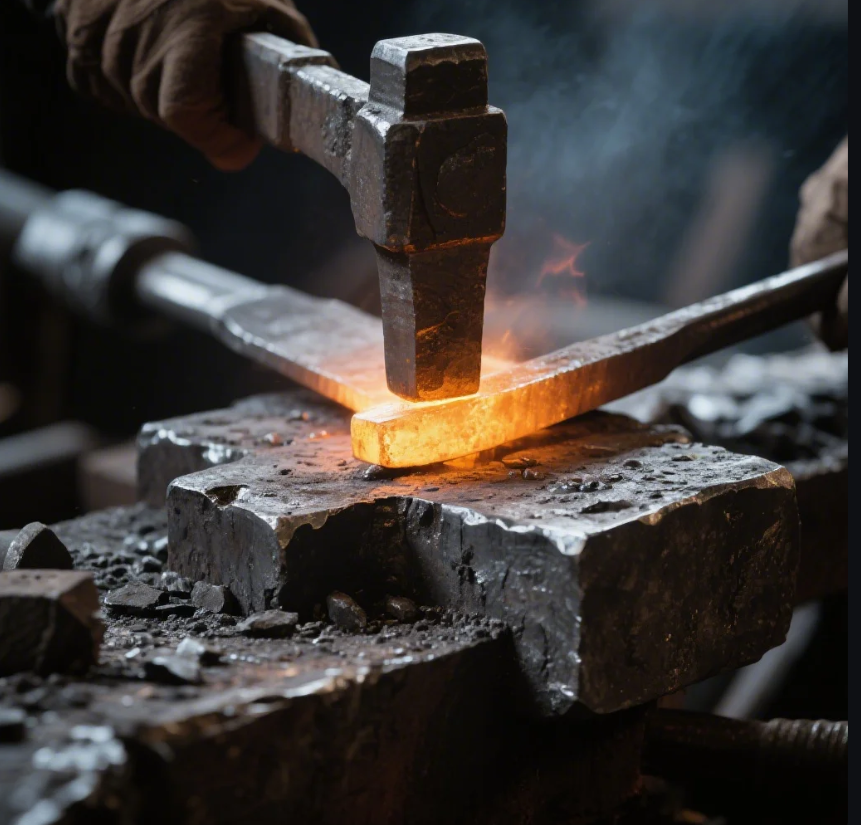
Smelting Iron in Ancient Times:
- Simple Furnaces: Early iron smelters used simple clay or stone furnaces, often referred to as bloomery furnaces, which reached temperatures high enough to extract iron from ore.
- Charcoal as Fuel: Charcoal, made from burning wood, was used as the primary fuel source, as it could generate the high heat needed for smelting.
- Direct Reduction: The process of direct reduction was used, where iron ore was placed in the furnace with charcoal. The carbon in the charcoal bonded with the oxygen in the ore, producing molten iron.
- Manual Extraction: After smelting, the iron would be removed as a spongy mass called a "bloom" that required additional forging to remove impurities and shape it into usable forms.
Ancient Smelting Techniques:
- Bloomery Furnace: The simplest form of furnace used, still used by blacksmiths today for traditional ironworking.
- Open Hearth: Another method that involved heating the iron ore in a large, shallow furnace, typically powered by a blast of air to increase temperature.
These ancient techniques laid the groundwork for the more advanced smelting and forging processes we use today.
Conclusion
Forging and smelting raw iron have been practiced for centuries, with techniques evolving from simple ancient methods to more sophisticated modern practices. Understanding the basics of smelting, forging, and working with iron helps us appreciate the metal’s versatility and the craftsmanship required to shape it.
Whether you’re a hobbyist blacksmith or simply fascinated by metallurgy, knowing the process from smelting to forging is essential for creating iron products that stand the test of time.
If you’re looking for high-quality, forged iron products or need expert advice on ironworking, feel free to reach out. We’re here to help with all your industrial metalworking needs!



